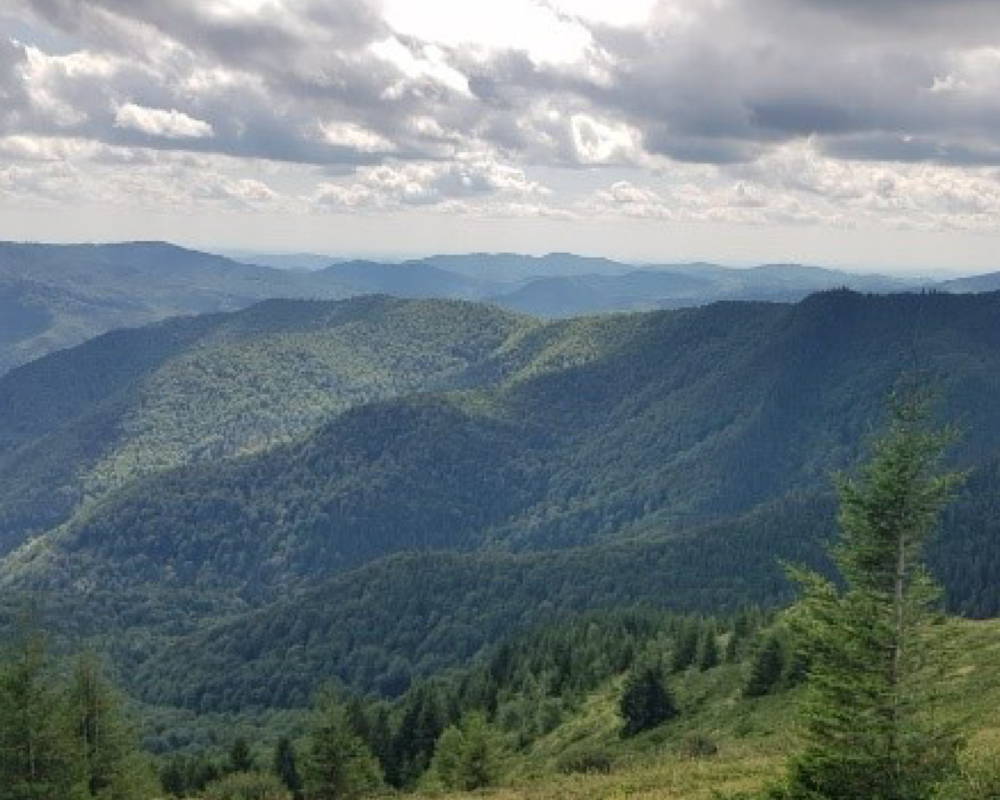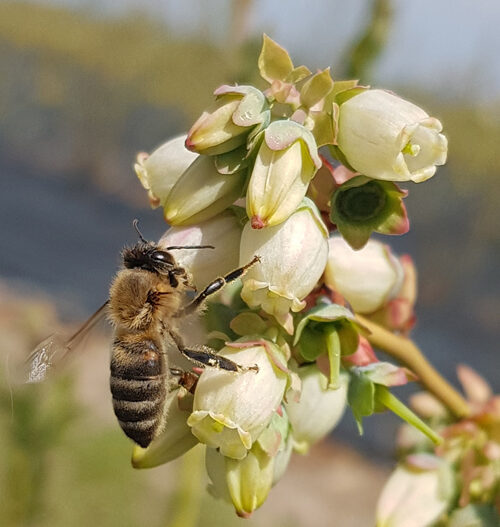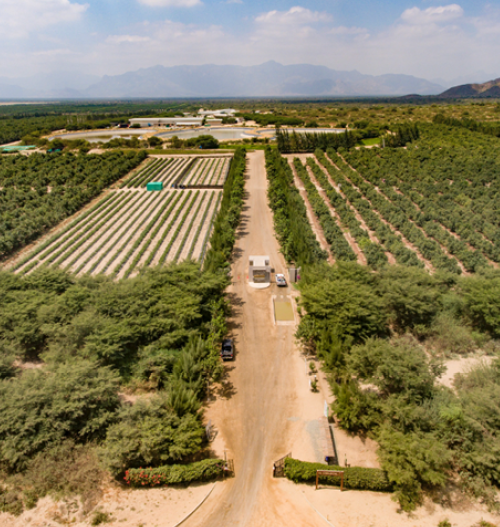Amongst grey wolves and wild cats
To manage parts of the largest expanses of mixed species forests in Europe is humbling. So, it goes without saying that we do not use intensive harvesting and never make clear cuts. Instead, we use cover forestry systems so the woods can regenerate as nature intended. We only remove the mature trees in a stand once it is fully populated with new young trees, a process that takes about 30 years.
And those giant trees that were seedlings in a different time, a long time ago, are protected because they have become noble biodiversity enhancers.
Our forests lay in one of the most spectacular and wildlife-rich areas of Romania. Close your eyes and imagine an isolated wilderness, where red deer and lynx are common, where you scout Carpathian chamois. Where wild boar, brown bears, grey wolves, and wild cats are protected.





